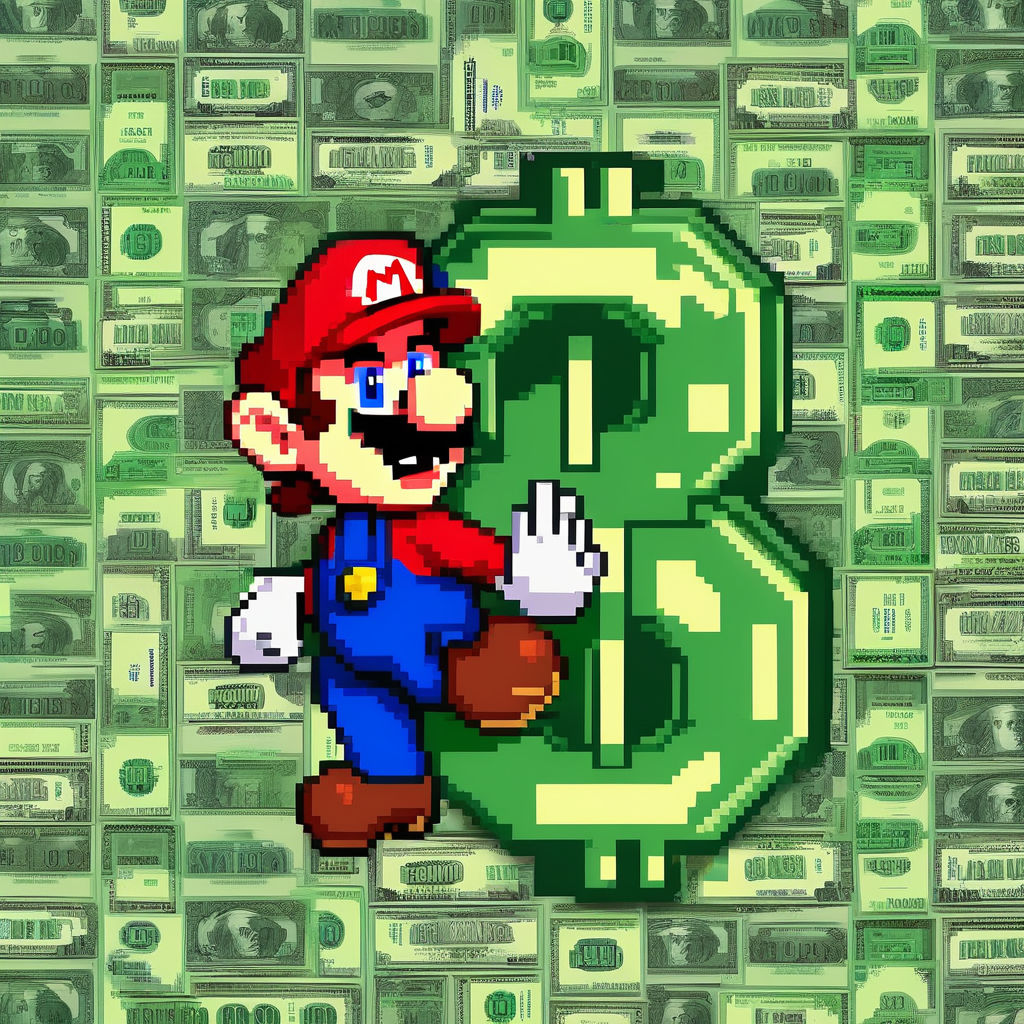Introduction
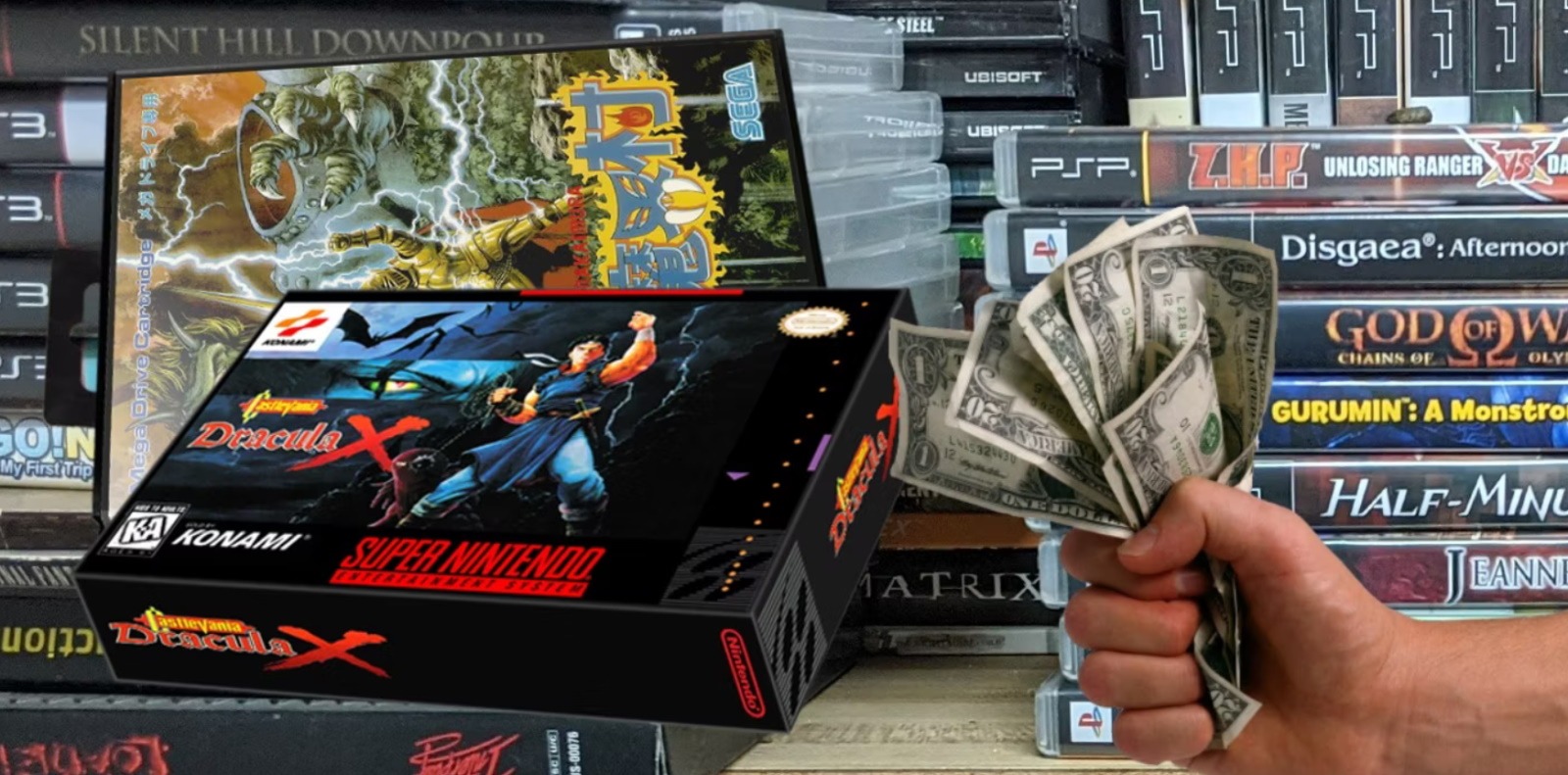
The Nostalgia Wave: Why Retro Gaming is Making a Comeback
Picture this: you’re rummaging through your attic and stumble upon an old, dusty box labeled “NES.” You open it, and there it is—your cherished Nintendo Entertainment System, alongside classic cartridges like “Super Mario Bros.” and “The Legend of Zelda.” Instantly, you’re transported back to Saturday mornings spent glued to the TV, battling pixelated enemies and saving princesses.
That warm, fuzzy feeling of nostalgia is more than just a trip down memory lane—it’s driving a massive resurgence in the retro gaming market. But why exactly are these old-school games making such a spectacular comeback?
Overview
Retro gaming isn’t just a passing fad; it’s a full-blown phenomenon. Over the past few years, there’s been a significant rise in both the popularity and value of classic games. Remember that NES console in your attic? It’s not just a relic—it’s potentially a goldmine. The value of retro games has skyrocketed, with rare titles fetching thousands of dollars on eBay and other specialty marketplaces.
This surge isn’t just about the games themselves but also the cultural nostalgia they evoke. Millennials, now with disposable income, are eager to relive their childhoods, while younger generations are discovering the charm of 8-bit and 16-bit graphics for the first time. It’s a perfect storm of demand that has turned retro gaming into a lucrative market.
History of Retro Gaming
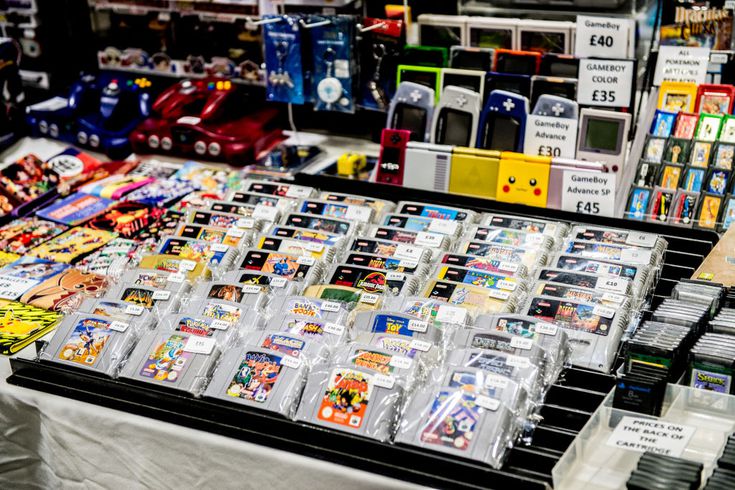
Early Beginnings: The Birth of Home Gaming Consoles
Let’s take a trip back to the late 1970s when home gaming consoles were a futuristic dream come true. The Atari 2600, released in 1977, was a game-changer—literally. With its joystick controllers and iconic games like “Pong” and “Space Invaders,” it set the stage for what would become a booming industry. This was the era when families gathered around their TV sets, marveling at the magic of controlling on-screen pixels with a joystick.
Fast forward a few years, and we see the arrival of the Nintendo Entertainment System (NES) in 1985, which truly revolutionized home gaming. The NES wasn’t just a console; it was a phenomenon. Titles like “Super Mario Bros.” and “The Legend of Zelda” weren’t just games—they were cultural landmarks that defined a generation.
Golden Era: Key Milestones and Iconic Games from the 80s and 90s
The 1980s and 90s were the golden era of retro gaming. This period saw the rise of legendary consoles and unforgettable games that still resonate today. The Sega Genesis, launched in 1989, brought us “Sonic the Hedgehog,” a blue blur that raced his way into our hearts. Meanwhile, the Super Nintendo Entertainment System (SNES), with its 1991 release, introduced us to classics like “Super Mario World” and “The Legend of Zelda: A Link to the Past.”
During this time, gaming wasn’t just a pastime; it was a cultural revolution. Arcades were bustling hubs of social activity, and home consoles became more sophisticated, offering deeper and more complex gaming experiences. The introduction of the Sony PlayStation in 1994 further pushed the boundaries, bringing us 3D graphics and iconic titles like “Final Fantasy VII” and “Metal Gear Solid.”
Decline and Resurgence: How the Market Waned and What Sparked Its Revival
As the new millennium approached, the market for these classic games began to wane. The rapid advancement of technology meant that newer, flashier consoles with cutting-edge graphics took center stage. The humble pixelated games of yore were overshadowed by their more sophisticated descendants.
However, the story didn’t end there. The late 2000s and 2010s saw a resurgence in retro gaming. Why? A combination of nostalgia and the rise of digital marketplaces. Gamers who grew up with these classic titles began seeking them out, driven by a longing to relive their childhoods. Platforms like eBay and specialty retro gaming stores made it easier than ever to buy, sell, and trade these vintage gems. Additionally, modern technology allowed for the re-release of classic games through digital downloads and mini-consoles, bringing retro gaming to a whole new audience.
The retro gaming market’s revival is a testament to the timeless appeal of these classic games. They remind us of a simpler time and continue to provide joy to gamers of all ages. Whether you’re dusting off an old cartridge or discovering a classic for the first time, the legacy of retro gaming lives on.
Factors Driving the Market
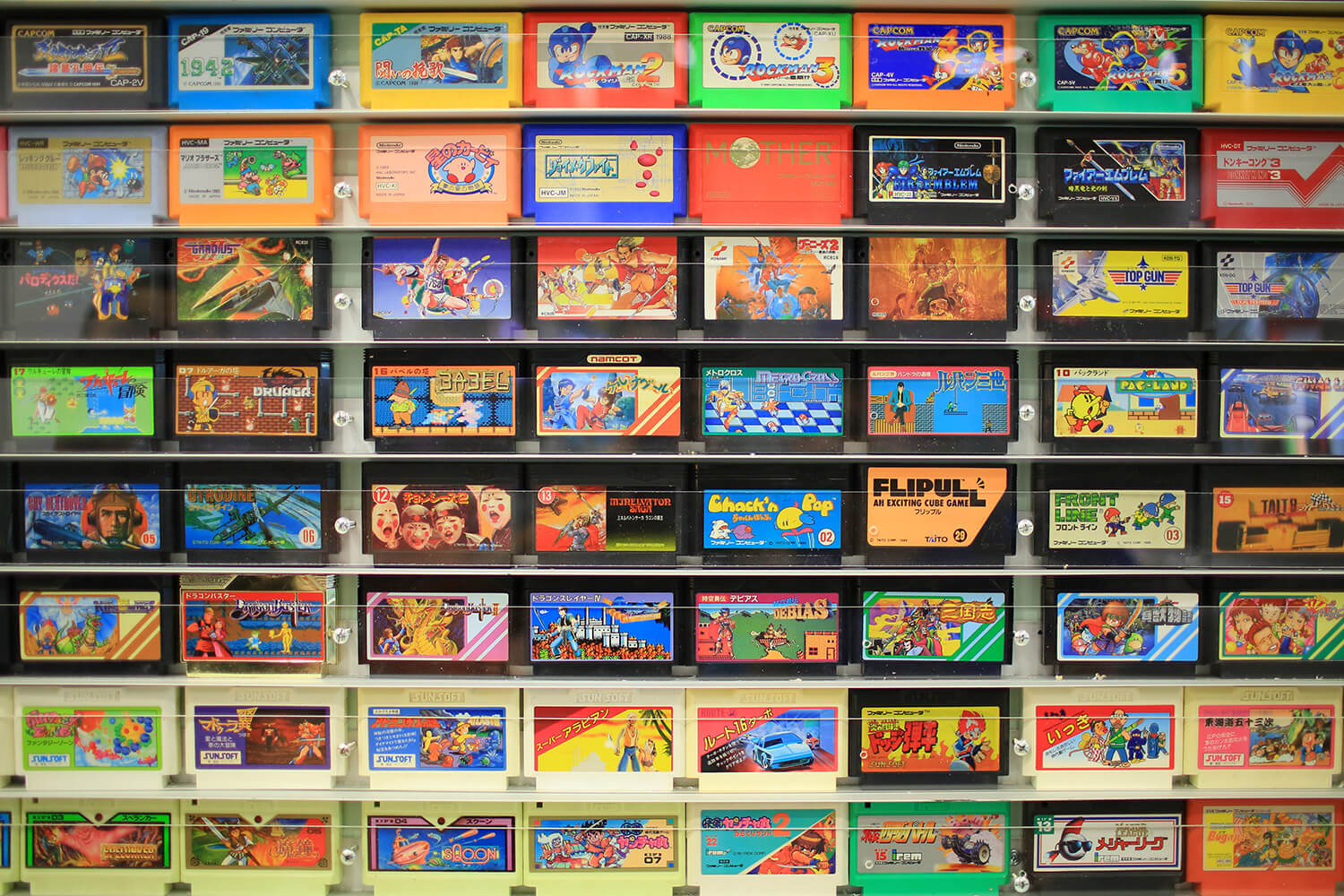
Nostalgia: The Power of Childhood Memories in Driving Demand
Imagine this: it’s a rainy afternoon, and you’re back in your childhood bedroom, gripping the controller as you guide Mario through the Mushroom Kingdom. That rush of nostalgia is a powerful force driving the retro game market today. For many, these games aren’t just entertainment—they’re cherished memories of simpler times. The ability to reconnect with those moments is priceless, and it’s a major reason why retro gaming is booming. The sights, sounds, and even the feel of the old cartridges bring a wave of nostalgia that modern games can’t replicate. This longing for the past keeps the demand for retro games high and constantly growing.
Scarcity and Collectibility: How Limited Supply and Rarity Boost Game Values
Ever heard of “EarthBound“? It’s a quirky RPG for the SNES that didn’t sell well initially but has since become a collector’s holy grail. Why? Scarcity and collectibility. Limited supply makes these games rare, and rarity equals value. Retro games, especially those in good condition or still in their original packaging, are becoming increasingly difficult to find. This scarcity drives up their market value. Collectors are always on the hunt for these gems, willing to pay top dollar to complete their collections. Websites like PriceCharting track the market value of these games, showing just how much their prices have surged over the years.
Cultural Influence: The Role of Influencers, Streamers, and Media in Promoting Retro Games
If you’ve ever watched a streamer on Twitch play “Donkey Kong Country” or seen a YouTube video ranking the top 10 NES games, you know that influencers and media play a huge role in the retro gaming revival. These platforms have brought retro games back into the spotlight, introducing them to new audiences and rekindling interest among older gamers. Influencers with massive followings can turn a forgotten title into a must-have collectible overnight.
Additionally, media coverage, including documentaries and articles about the history and impact of retro games, has kept these classics relevant. Shows like “High Score” on Netflix explore the origins and cultural significance of video games, further fueling the nostalgia and appreciation for these vintage titles. This cultural influence not only boosts the visibility of retro games but also their market value, as more people seek to own a piece of gaming history.
Key Players and Platforms
Consoles: Iconic Systems
Let’s take a walk down memory lane with some of the most iconic systems that have shaped the retro gaming market. The Nintendo Entertainment System (NES), launched in 1985, was a revolutionary console that brought us timeless classics like “Super Mario Bros.” and “The Legend of Zelda.” Its successor, the Super Nintendo Entertainment System (SNES), released in 1991, continued this legacy with even more beloved titles such as “Super Mario World” and “The Legend of Zelda: A Link to the Past.”
Not to be outdone, the Sega Genesis (or Mega Drive, depending on your region) entered the scene in 1989 with its own roster of hits, including “Sonic the Hedgehog.” Then came the Sony PlayStation in 1994, which revolutionized gaming with 3D graphics and CD-based games, giving us unforgettable experiences with titles like “Final Fantasy VII” and “Metal Gear Solid.”
These consoles weren’t just gaming machines; they were cultural icons that left a lasting impact on the industry and the hearts of gamers worldwide.
Games: High-Value Titles and Why They Stand Out
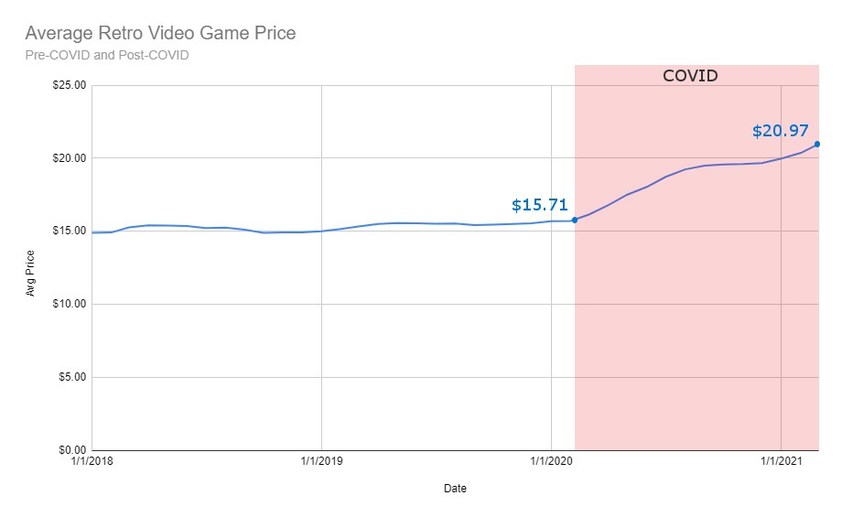
Some games have transcended their status as mere entertainment to become highly sought-after collectibles. Take “Super Mario Bros.” for instance. This game not only defined a genre but also cemented Mario as the face of gaming. Original copies in mint condition can fetch thousands of dollars. Similarly, “The Legend of Zelda” series has a devoted fanbase, and early editions, especially those in their original packaging, are highly prized.
Another high-value title is “EarthBound” for the SNES. Initially a commercial failure in the West, its quirky humor and unique gameplay have since turned it into a cult classic. Complete-in-box copies can sell for several hundred dollars. “Chrono Trigger,” another SNES gem, is renowned for its exceptional storytelling and multiple endings, making it a must-have for collectors.
These high-value titles stand out not just because of their rarity, but also because of their lasting impact on gaming culture. They represent milestones in game design and storytelling, and owning them is like holding a piece of history.
Marketplaces: Platforms Where Retro Games Are Bought and Sold
So, where do you find these retro treasures? The most well-known platform is eBay, where you can find a vast array of retro games and consoles, from common titles to ultra-rare gems. But eBay isn’t the only game in town.
Specialty stores, both brick-and-mortar and online, also cater to retro gaming enthusiasts. Websites like Lukie Games and DKOldies offer a curated selection of retro games and consoles, often with quality guarantees that can give buyers more confidence than they might get from an auction site.
Then there are gaming conventions like RetroGameCon and Portland Retro Gaming Expo, where collectors and enthusiasts gather to buy, sell, and trade games. These conventions offer a unique opportunity to find rare items, meet fellow collectors, and immerse yourself in the retro gaming community.
Market Trends and Statistics
Price Trends: Recent Data on the Rising Prices of Retro Games
The retro game market is experiencing a significant boom, and the numbers are staggering. Over the past few years, the prices of classic video games have skyrocketed. For instance, a mint-condition copy of “Super Mario Bros.” recently sold for a record-breaking $2 million, illustrating just how valuable these games have become. According to PriceCharting, many titles have seen their values double or even triple in the last decade. Games that once sold for a few dollars at garage sales are now commanding hundreds, if not thousands, of dollars.
This trend is largely driven by a combination of nostalgia, rarity, and the growing recognition of video games as a legitimate form of art and history.
Investment Potential: Analyzing the Potential Returns on Investing in Retro Games
Investing in retro games has proven to be a lucrative venture. Much like rare coins or vintage cars, classic video games have become highly desirable collectibles. The market for these games is robust and shows no signs of slowing down. For example, rare titles like “EarthBound” and “Chrono Trigger” for the SNES have appreciated significantly in value. Investing in retro games can yield impressive returns, especially for titles that are scarce or in pristine condition.
The potential returns can be impressive. For instance, a sealed copy of “The Legend of Zelda” originally retailed for around $50 back in the day. Today, that same game, if kept in mint condition, can sell for upwards of $20,000. This kind of appreciation highlights the strong investment potential in the retro game market. Collectors and investors alike are recognizing the long-term value of these games, making retro gaming not just a hobby but a smart financial move.
Demographic Insights: Who is Buying Retro Games and Why
The demographic landscape of retro game buyers is as diverse as it is interesting. Primarily, it’s driven by millennials who are now in their late 20s to early 40s. This group grew up during the golden era of gaming in the 80s and 90s and now has the disposable income to indulge in their nostalgic pursuits. For them, buying a retro game is not just about owning a piece of the past; it’s about reconnecting with cherished childhood memories.
But it’s not just millennials fueling this market. Younger generations, intrigued by the simplicity and challenge of classic games, are also jumping on the bandwagon. The surge in popularity can be attributed to cultural factors, including the influence of gaming influencers, streamers, and even popular TV shows and movies that feature retro games.
Moreover, the market’s appeal extends to hardcore collectors and investors who view these games as valuable assets. The nostalgia factor, coupled with the increasing recognition of video games as a significant part of cultural history, has broadened the market’s appeal. Video game publishers are also re-releasing classic games, sometimes in limited editions, which further stokes the market.
Challenges in the Market
Counterfeits and Fakes: The Impact of Counterfeit Games on the Market
One of the biggest challenges in the retro game market is the proliferation of counterfeit games. As the value of classic video games has increased, so too has the incentive for unscrupulous individuals to create and sell fake copies. These counterfeit games can be incredibly convincing, often indistinguishable from the real thing to the untrained eye. This has serious implications for collectors and investors, who risk spending significant money on inauthentic items. Websites like NintendoAge and forums on Reddit often feature guides and tips on how to spot fakes, but the threat remains a significant concern. The presence of counterfeits not only devalues the market but also undermines trust among buyers and sellers, making it crucial for enthusiasts to verify the authenticity of their purchases carefully.
Preservation Issues: Challenges in Maintaining and Playing Old Games
Another major challenge in the retro game market is preservation. Video games, like all physical media, are subject to deterioration over time. Cartridges can suffer from battery leakage, disc rot can affect CDs, and even the consoles themselves can become unreliable due to aging components. This makes it increasingly difficult to maintain and play old games in their original form.
Efforts to preserve these games are ongoing, with enthusiasts and professionals alike working to keep the classics alive. Services like RetroRGB offer advice and resources for preserving and repairing old hardware. Additionally, emulation and re-releases of classic games on modern platforms provide alternative ways to experience these games. However, for purists who want to play on the original hardware, these preservation issues remain a significant hurdle.
Market Fluctuations: Risks Associated with the Volatility of the Retro Game Market
The retro game market, like any collectibles market, is subject to fluctuations. Prices can be volatile, influenced by trends, new discoveries of old stock, and shifts in cultural interest. For example, the release of a new mini-console packed with classic games can temporarily depress the market for the original cartridges as people opt for the more convenient modern version. Conversely, a popular YouTuber or streamer showcasing a particular game can cause its price to spike as demand suddenly increases.
This volatility presents risks for investors and collectors. What might seem like a surefire investment today could lose value tomorrow due to unforeseen market shifts. It’s crucial for anyone involved in the retro game market to stay informed about trends and to approach their collections with both passion and caution. Diversifying investments and not putting all money into one high-value title can help mitigate some of these risks.
